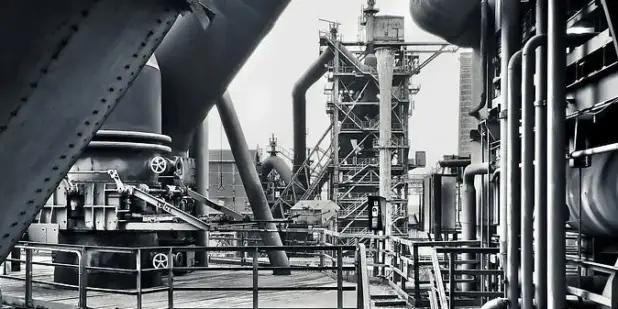Certification for Export to Russia
The EAC certification for Russia and the Eurasian Economic Union is a confirmation that EAC certified products meet the safety requirements of the Technical Regulations (TR CU/EAEU) of the Eurasian Economic Union (EAEU states).
For a German exporter, the EAC certification of the company means that they can export their goods to Russia and all member states of the Eurasian Economic Union (Russia, Belarus, Kyrgyzstan, Kazakhstan, and Armenia) without any issues.
An EAC certificate or an EAC declaration serves as proof of EAC compliance; the EAC certification or EAC declaration is conducted in the EAEU resident states.
The EAC approvals are recorded in the unified register of the Eurasian Economic Union (EAEU states). Registration in the unified register of the EAEU states is a mandatory measure for placing products and goods on the market of the Eurasian Economic Union.
Certification for Russia and EAEU States
The Technical Regulations of the Eurasian Economic Union (EAEU) clearly define whether a product is subject to EAC certification or EAC declaration requirements. The EAC certification is carried out by the importer or an authorized representative (applicant) and is recorded in the unified register of the EAEU member states.
Various certification schemes are applied for certification. In principle, certification is conducted for a one-time delivery or for a period of 1 to 5 years.
The EAC certification according to the safety requirements of the Eurasian Economic Union (EAEU member states) is based on test reports and sample products. This is in accordance with the regulations of the Technical Regulations of the EAEU states.
The EAC certification is conducted according to the regulations of the EAEU states by an applicant and can only be carried out by companies based in the EAEU.
Thus, authorized representation in the EAEU states is required. We have a solution for this matter and can offer the services of a representative in the EAEU member states.
Advantages of EAC Certification of the Company
Through the EAC certification of the company and the EAC certification of the production facility, potential clients are signaled quick and smooth delivery readiness. With an EAC certificate or an EAC declaration, the export preparation times and export processes are significantly shortened and simplified.
EAC Certification of Machines and Equipment
The certification of safety is generally required for potentially hazardous machines and equipment. The implementation and proof of certification of industrial safety are required by the specifications in tenders in Russia and EAEU member states.
Additionally, the certification of industrial safety is necessary for conformity assessment with the various EAC standards and GOST norms for industrial machines and equipment.
The certification of industrial safety is provided for the following product groups:
- Elevators, lifting machines, and escalators
- Equipment for the extraction of oil and gas
- Machines for railways and rail transport
- Machines for mining and metallurgy
- Pumps, boilers, and pipelines
The certification of industrial safety is based on documentation of the manufacturing machine or production facility as well as existing EAC certificates and EAC approvals.
The following data is required for the EAC certification of industrial safety:
- Information about the manufacturer
- Information about the applicant
- Description of the production facility
- Application and area of use
- Possible hazards
The certification of industrial safety consists of the following steps:
- Application for certification
- Analysis of production equipment
- Examinations of hazards and risks
- Analysis of areas of use and hazards
- Issuance of the industrial safety certificate
Industries and Sectors
- EAC certification for machines and equipment
- EAC certification for electrical and radio technology
- EAC certification for explosion-hazardous equipment
- EAC certification for food and dietary supplements
- EAC certification for perfumes, cosmetics, and personal care products
- EAC certification for textiles, clothing, and footwear
- EAC certification for packaging and materials
- EAC certification for building materials and construction materials
- EAC certification for chemicals and fuels
- EAC certification for motor vehicles and auto parts
- EAC certification for furniture and home accessories
- EAC certification for pressure equipment and containers


